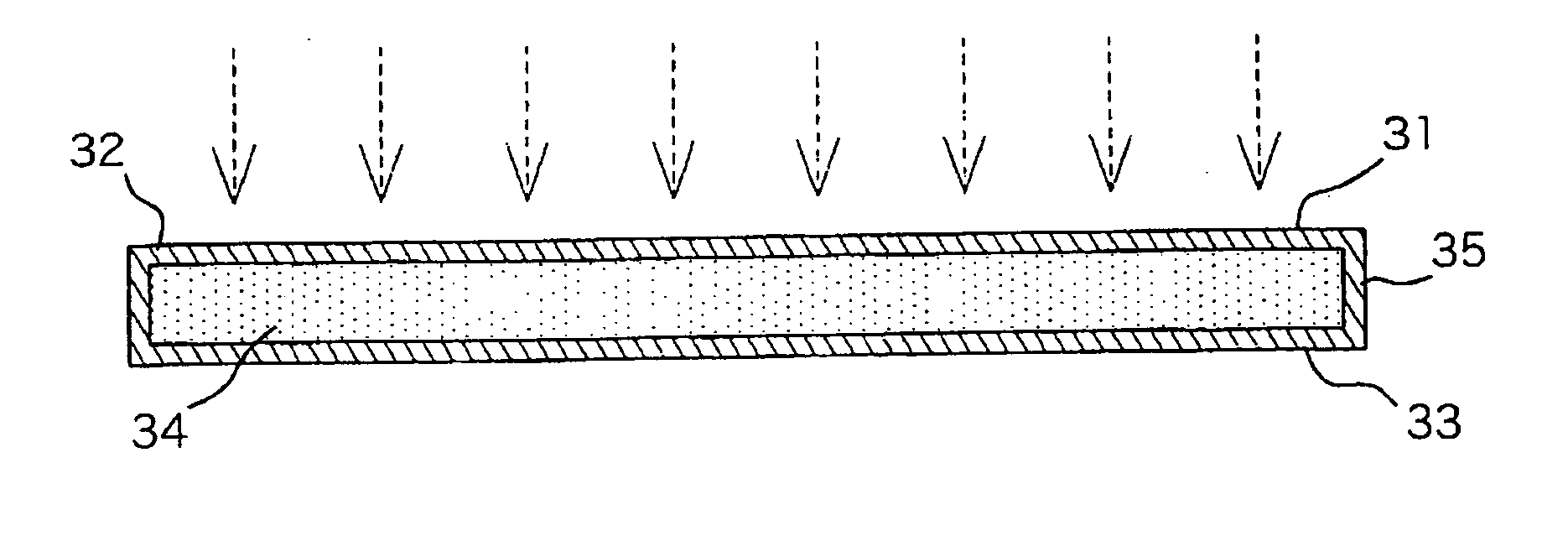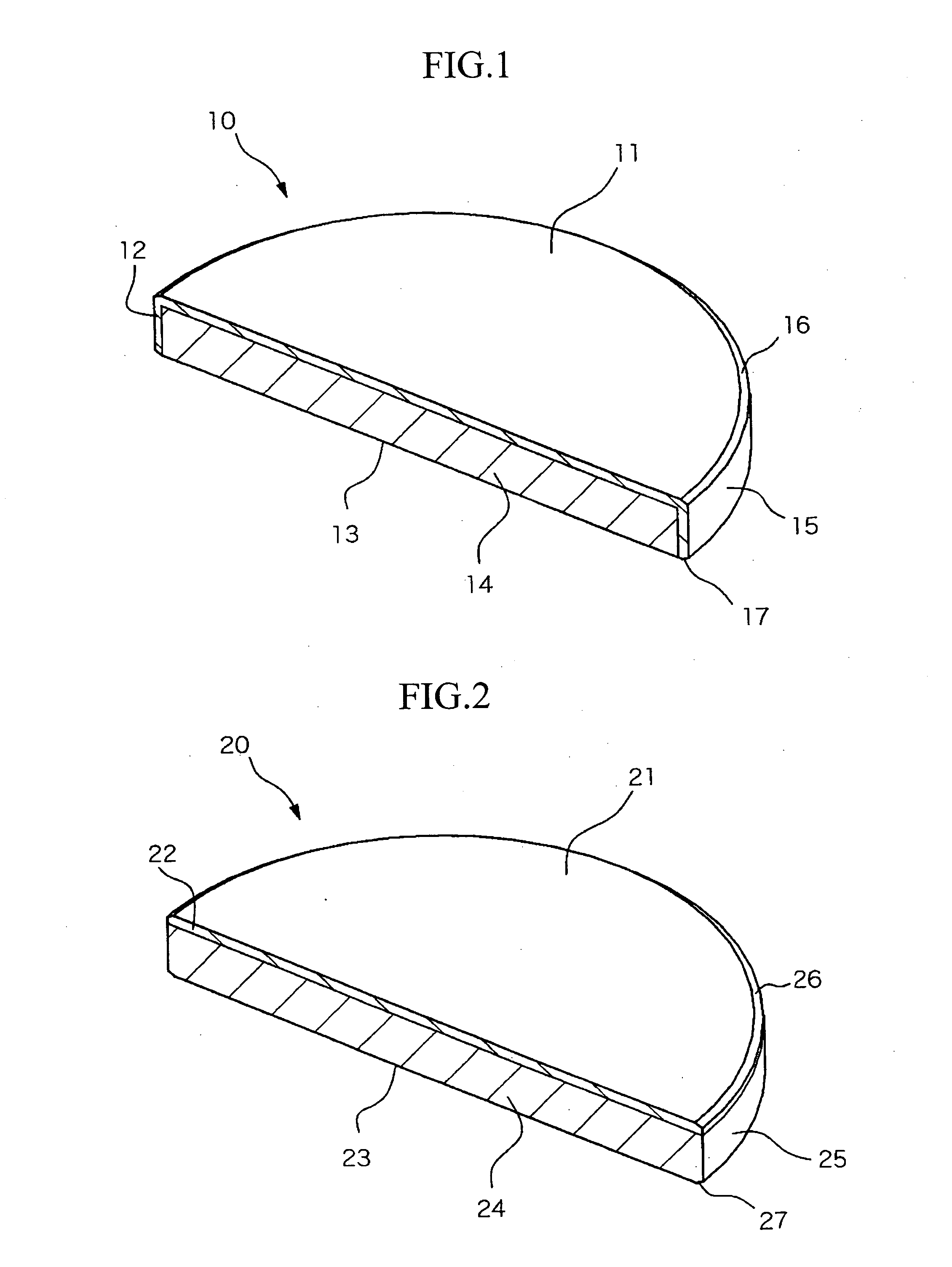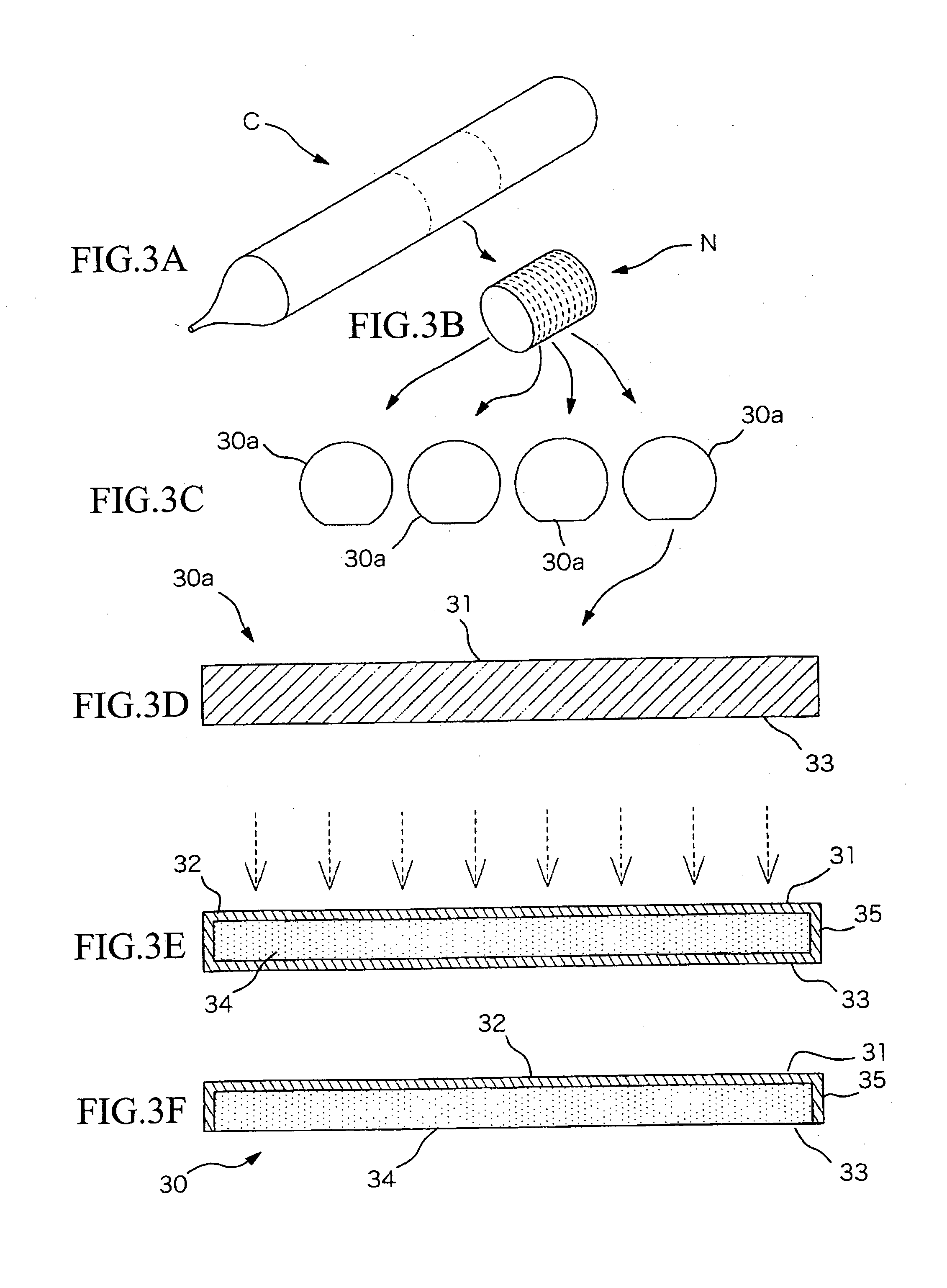Silicon wafer and method for manufacturing the same
a manufacturing method and silicon wafer technology, applied in the direction of polycrystalline material growth, crystal growth process, after-treatment details, etc., can solve the problems of bmds (bulk micro defects), circuit breakdown or other problems, micro defects, etc., to suppress the propagation of slip dislocations during annealing, suppress the effect of wafer strength reduction due to slip dislocations
- Summary
- Abstract
- Description
- Claims
- Application Information
AI Technical Summary
Benefits of technology
Problems solved by technology
Method used
Image
Examples
example 1
[0087] The inventors verified an influence of the DZ layer on a wafer strength (or slip dislocation). In order to perform the verification, the following wafers were prepared: a mirror-polished wafer prior to annealing (Sample 1); a wafer annealed at 1200° C. for one hour in Ar (Sample 2); a wafer which is annealed in Ar, followed by polishing to remove a portion of 10 μm thick from a rear surface (second surface) (Sample 3); and a wafer which is annealed in Ar, followed by polishing to remove a portion of 30 μm thick from a rear surface (Sample 4).
[0088] Resistivity of all the wafers was in a range from 3 to 11 Ω·cm. These wafers were subjected to heat treatment for thermal stress loading using a vertical furnace under a condition in which the wafers were set into the furnace at 900° C., temperature was ramped up at 10° C. / min to 1150° C., held at 1150° C. for 30 min, and ramped down at 3° C. / min to 900° C., and the wafers were removed at 900° C. A surface in contact with a heat t...
example 2
[0090] Next, the inventors verified a suppression of slip dislocations due to a formation of an oxide film. Outward diffusion of oxygen in an annealing process can also be prevented by forming the oxide film to protect the rear surface of the wafer prior to annealing. This is because the oxygen concentration at a surface interface between the oxide film and the silicon is constantly maintained at a thermal equilibrium concentration. At a temperature of 1150° C. or higher, the thermal equilibrium concentration of interstitial oxygen is approximately 8×1017 atoms / cc, and an effect to prevent propagation of slip dislocation can be expected. It is desirable that the oxide film formed before annealing has a thickness of 20 nm or thicker. The reason is as follows. In the case in which the thickness of the oxide film is thinner, the oxide film easily dissociates from the surface in heat treatment in a non-oxidizing atmosphere such as Ar or H2, however in the case in which the thickness is ...
PUM
| Property | Measurement | Unit |
|---|---|---|
| temperature | aaaaa | aaaaa |
| temperature | aaaaa | aaaaa |
| thickness | aaaaa | aaaaa |
Abstract
Description
Claims
Application Information
 Login to View More
Login to View More - R&D
- Intellectual Property
- Life Sciences
- Materials
- Tech Scout
- Unparalleled Data Quality
- Higher Quality Content
- 60% Fewer Hallucinations
Browse by: Latest US Patents, China's latest patents, Technical Efficacy Thesaurus, Application Domain, Technology Topic, Popular Technical Reports.
© 2025 PatSnap. All rights reserved.Legal|Privacy policy|Modern Slavery Act Transparency Statement|Sitemap|About US| Contact US: help@patsnap.com



